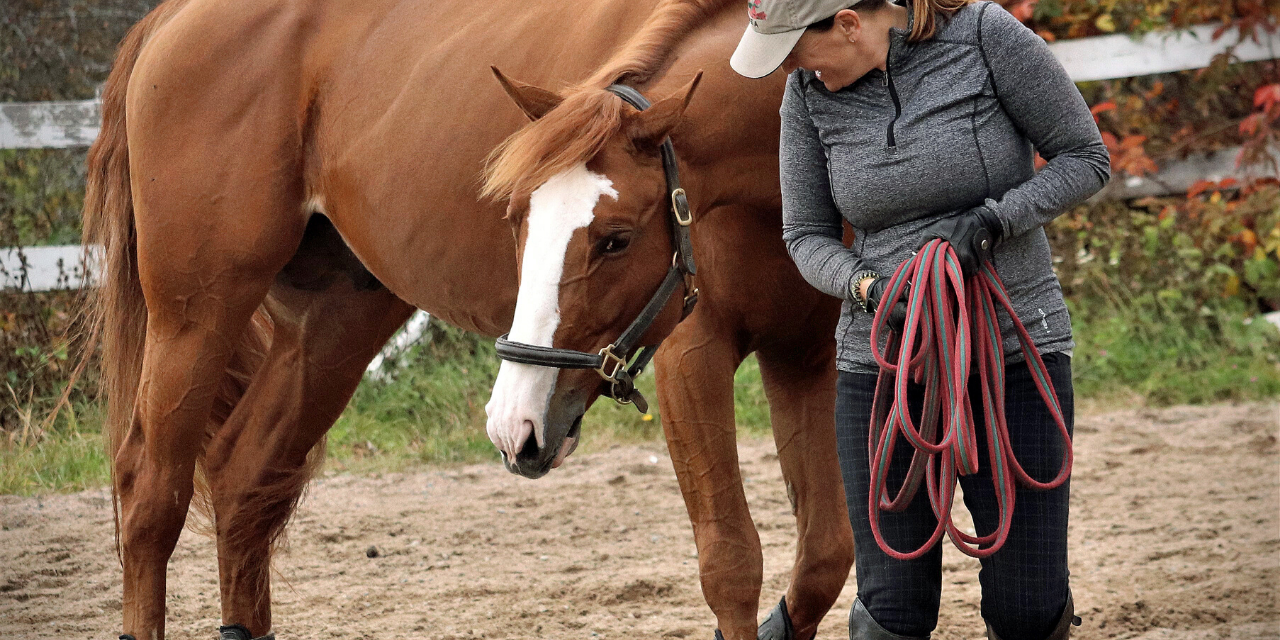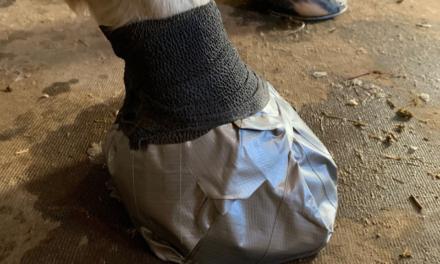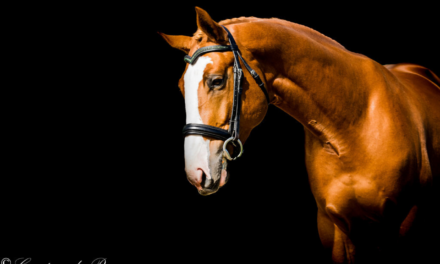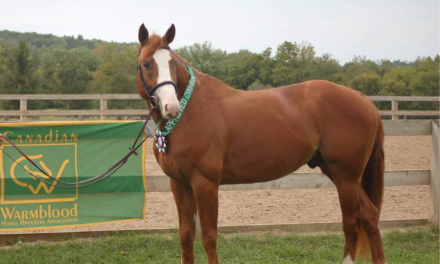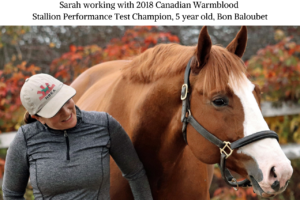We may earn money or products from the companies mentioned in this post. For more information please check out our disclosure page
WHAT IS HORSEMANSHIP?
Horsemanship is about communication with the horse and a persons’ ability to understand and connect in a way that the horse responds to the person.
A LITTLE HISTORY
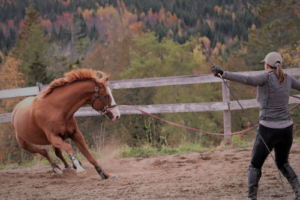
.
The history of horsemanship is a huge one as man and horse have had a relationship for over 4,000 years so this is a very brief summary.
‘Natural Horsemanship’ is a term used to apply to a variety of soft and sympathetic techniques used in training horses.
Although not originally described as Natural Horsemanship, the methods were practiced by brothers Tom and Bill Dorrance who came from the Great Basin buckaroo tradition. The brothers had a strong influence on Ray Hunt and from these three came many other practitioners.
Although the term “Natural Horsemanship” is somewhat new going back to around 1985 made popular by Pat Parelli’s book of the same name, the practice of working with sympathetic connection with the horse in order to obtain cooperation with the horse is described and goes back to “On Horsemanship” by Xenophon (c.430-3554 BCE).



Classical dressage trainers such as Antoine de Pluvinel (1555-1620 CE) also worked with gentle techniques.
The first known ’horse whisperer’ (and where the term came from) was Irish horseman Daniel “Horse-Whisperer” Sullivan (d. 1810) who was well known for his rehabilitation of vicious horses who had become unmanageable due to abuse or trauma.
Although the modern North American trainers claim Liberty training and Natural Horsemanship to be a new movement the truth is it is not new and has been practiced for centuries.
Unfortunately there have always been brutal and harsh trainers of horses in all aspects of training worldwide. The Natural Horsemanship movement gained momentum in the US as a result of cowboys having to ‘break’ horses in huge numbers resulting in harsher methods.
The Natural Horsemanship, horse whispering, liberty training all arose as a sympathetic training alternative encouraged to combat the harsher methods.
WHERE DO I STAND ON HORSEMANSHIP?

.
Becoming a good horseman is essential to our horse human journey. Connecting with, bonding, and understanding our horse are the basis of success.
I am not a follower when it comes to a certain school of training. I believe it is essentially about the horse and what I am reading from their language.
Being from the UK I have a classical horse training background and believe in a gentle approach and connection.
I also studied Parelli and Monty Roberts, TRT, Liberty training, and many natural horsemanship trainers. It is important to learn and take from each school of thought and use what works for you.
HOW DO YOU BECOME GOOD AT HORSEMANSHIP?
- UNDERSTANDING YOUR HORSE BY UNDERSTANDING HOW TO BECOME ONE
- Learn about horse herd mentality
- Learn how to become the dominant horse in the herd
- Learn how to apply this to your training
- Learn how to develop a language between yourself and your horse
- UNDERSTANDING THE IMPORTANCE OF THE REWARD
- Learn about rewarding the try by release
- Reward the smallest thing in the biggest way
- You will get your horses desire up by rewarding the slightest try
- Give the horse the right to search and find the right behaviour then you can create small boundaries
- Don’t be critical with them – you will shut them down
- Don’t fight your horse – change this habit by applying slight pressure and release
Groundwork exercises are the most important tool I use to develop a language through rewarding the try through release
- FIXING PROBLEMS
If you are having training issues look at fixing the problems.
- Rule out pain
- Work through a horse’s anxiety and bring your horse back to a calm place
- Fix the problem before moving on
Many training issues are a result of the first two.
- BE PATIENT
Patience is a must. Sometimes this is hard but I promise you that you will reap the biggest rewards.
admin
Latest posts by admin (see all)
- A Horse For All Reasons – Guest Blog by Lucy from Horse Factbook - April 8, 2020
- How To Deal With A Spooky Horse Trail Riding - March 31, 2020
- Our Top 20 Amazon Equestrian Products - January 30, 2020

